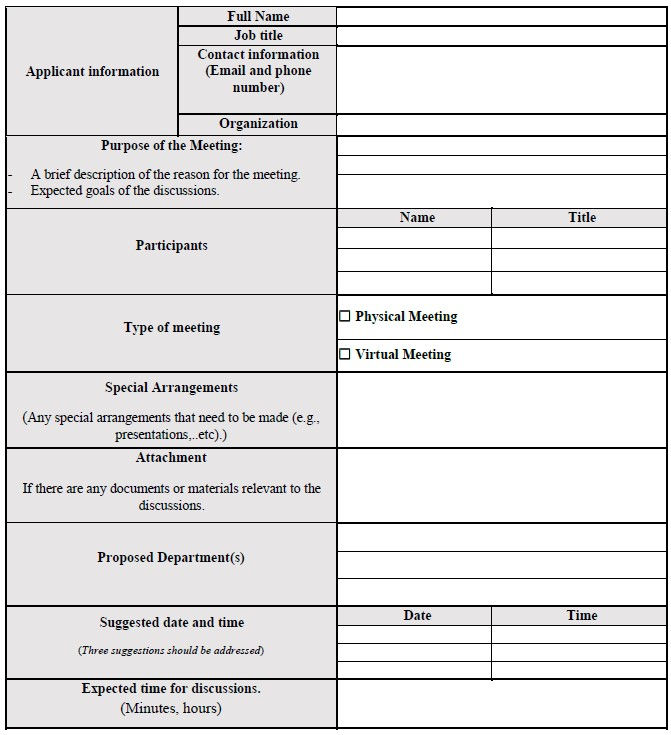South Africe SAPHRA: Guidelines For Medicine Recalls – Withdrawals And Rapid Alerts
- Sharan Murugan

- Feb 22, 2024
- 2 min read
Recently last week the South African Health Products Regulatory Authority (SAPHRA) released an updated guideline "Guidelines For Medicine Recalls – Withdrawals And Rapid Alerts" and this guideline is valid for 5 years from the effective date of revision.
This guidance informs the applicants on the recalls and withdrawals of medicines, and the current thinking on medicine safety, quality, and efficacy from the South African Health Products Regulatory Authority.

he guidelines apply to all reports of defective quality products, as well as incidents of safety and efficacy received for all medicines, including vaccines and biological products. Licensees (manufacturers, importers, wholesalers, distributors, and retailers) are expected to follow these guidelines and recalls can be voluntary or statutory.
The purpose of a recall notification is to convey:
That the product in question is subject to a recall.
That further distribution or use of any remaining product should cease immediately.
Instructions regarding what to do with the product.
Recalls are classified into both class according to the level of health hazard involved (risk to the patient) and type which denotes the depth or extent to which the product should be recalled from the distribution chain, e.g., Class I, Type C recall, etc.
Based on information received from the Applicant, the risk, Type, and Class of recall is determined by SAHPRA. Depending on the classification, recall communication might take the form of an e-mail, telephone call, text message, or social media post. Or it might involve a special delivery letter conspicuously marked in red, preferably.
Rapid Alerts are a result of triggers that compel SAHPRA to initiate recalls. However, not all quality defects result in the recall of medicinal products. A Rapid Alert System can be used to notify authorities about a problem with a product's quality or to embargo distribution of products after a manufacturing or wholesale license has been suspended or withdrawn.
The recall can also be initiated by SAHPRA, based on the quality and safety of the market or a safety event, or by the detection of a fraudulent drug. It is possible to communicate a recall via email, telephone, social media, electronic and print media, or a special delivery letter conspicuously marked, preferably in bold red.
Information on the recall documentation and follow-up action is available more in detail in this guidance.


Comments